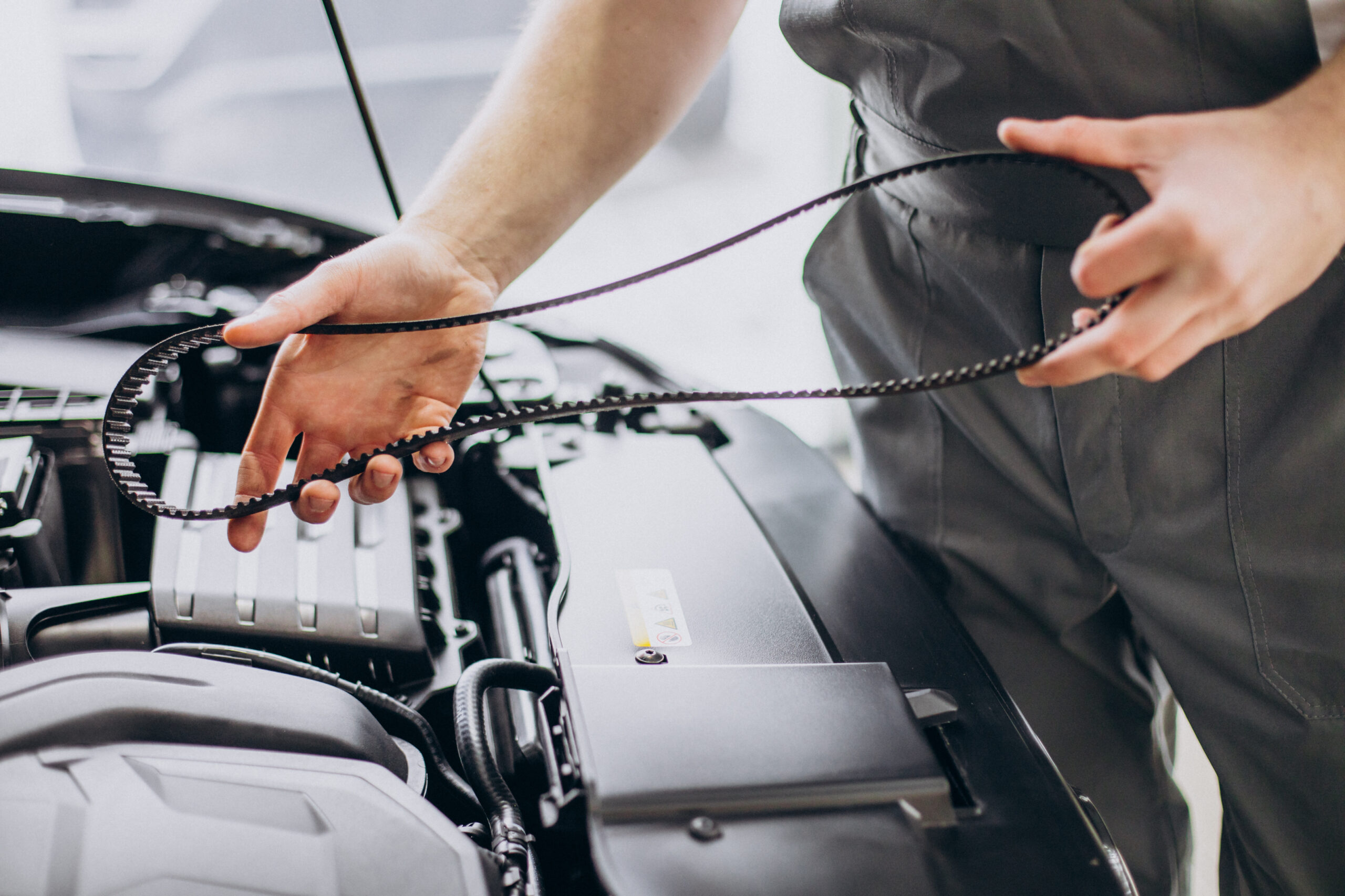Your car’s belts and pulleys are integral components of the engine’s accessory system, playing a crucial role in the proper functioning of various systems. In South Africa’s diverse climate and demanding road conditions, it is essential to prioritize the regular inspection and maintenance of these components. Neglecting the belts and pulleys can lead to unexpected breakdowns, costly repairs, and even engine damage. In this article, we will explore the importance of regular inspection and maintenance of your car’s belts and pulleys, highlighting their significance in maintaining a reliable and efficient vehicle in South Africa.
- Drive Belts:
Drive belts, such as the serpentine belt, power the engine’s accessory components, including the alternator, power steering pump, water pump, and air conditioning compressor. Over time, these belts can become worn, cracked, or stretched, compromising their ability to transfer power effectively. Regular inspection allows you to identify signs of wear and tear, such as fraying, cracking, or glazing. Addressing these issues promptly by replacing worn-out belts reduces the risk of sudden belt failure, which can result in loss of power steering, overheating, or electrical system malfunction.
- Timing Belts:
Timing belts synchronize the rotation of the crankshaft and camshaft, ensuring proper engine valve timing. In South Africa’s harsh driving conditions, timing belts are exposed to extreme temperatures and contaminants. If a timing belt fails, it can lead to catastrophic engine damage, including bent valves and piston damage. Following the manufacturer’s recommended maintenance schedule for timing belt replacement is crucial. Regular inspection allows you to check for signs of damage, including cracking, fraying, or missing teeth. Replacing the timing belt at the recommended intervals ensures the engine operates smoothly and prevents potential costly repairs.
- Pulleys:
Pulleys, often made of metal or plastic, support the belts and ensure their proper alignment. Over time, pulleys can develop wear, corrosion, or bearing failure, leading to belt misalignment and increased friction. Regular inspection of the pulleys allows you to identify any signs of damage, such as rust, wobbling, or noise. Addressing pulley issues promptly, such as replacing worn bearings or damaged pulleys, helps maintain proper belt tension and alignment, reducing the risk of belt slippage and premature wear.
- Preventative Maintenance:
Regular inspection and maintenance of belts and pulleys provide an opportunity to prevent potential issues before they escalate. By identifying signs of wear or damage early on, you can take proactive measures to replace worn-out belts, repair damaged pulleys, or address alignment issues. This proactive approach reduces the likelihood of unexpected breakdowns and costly repairs, improving the overall reliability of your vehicle.
- Enhanced Vehicle Performance:
Well-maintained belts and pulleys contribute to the overall performance and efficiency of your vehicle. Properly tensioned belts and aligned pulleys ensure optimal power transfer to the accessory systems, maximizing their performance. This, in turn, helps maintain efficient operation of components like the alternator, power steering pump, and air conditioning compressor. Regular inspection and maintenance of belts and pulleys support the smooth operation of these systems, enhancing your driving experience.
Regular inspection and maintenance of your car’s belts and pulleys are crucial for ensuring the reliability, performance, and longevity of your vehicle in South Africa. By prioritizing the inspection of drive belts, timing belts, and pulleys, you can identify signs of wear, damage, or misalignment early on. Promptly addressing these issues through belt replacements, pulley repairs, or alignments helps prevent unexpected breakdowns, costly repairs, and engine damage. By investing in the regular inspection and maintenance of your car’s belts and pulleys, you can enjoy a safer, more efficient, and more reliable driving experience on South African roads.











